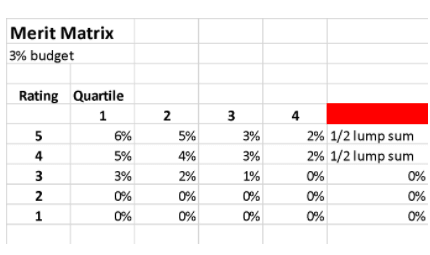 I was recently nominated as a finalist for Optima’s Talent Optimization awards. As I was completing the forms, I stated to think about what really constitutes talent optimization. How do we, as HR professionals, ensure that we are getting the best that each of our employees have to give each and every day? At Tricon American Homes we truly have a people first strategy. Our contention has always been that if we treat our employees well and show them, not just tell them, that we truly care about them as whole individuals, then our employees, in turn, will show that same care and concern towards each other and our residents. Our Purpose Statement “to go above and beyond with our time, care and service, so that lives and communities are enriched” says it all.
I was recently nominated as a finalist for Optima’s Talent Optimization awards. As I was completing the forms, I stated to think about what really constitutes talent optimization. How do we, as HR professionals, ensure that we are getting the best that each of our employees have to give each and every day? At Tricon American Homes we truly have a people first strategy. Our contention has always been that if we treat our employees well and show them, not just tell them, that we truly care about them as whole individuals, then our employees, in turn, will show that same care and concern towards each other and our residents. Our Purpose Statement “to go above and beyond with our time, care and service, so that lives and communities are enriched” says it all.
Acquiring Talent
Optimizing talent begins with acquiring talent. If you can’t get the right people in the door, you will never have the opportunity to optimize. Therefore, external branding from a candidate perspective becomes important. While not the biggest fan of Glassdoor, we do have a rating of 4.7, one of the highest on Glassdoor. Candidates will constantly tell us that the reason they applied is because our employees routinely rank us so highly on Glassdoor and they are looking for a culture that supports the employees. This year we also won Fortune’s Great Place to Work designation. This designation means so much to us as it comes directly from our employees’ hearts and is completely anonymous. Website design is another area of focus. Career pages should tell a story and be ever changing and engaging. Potential employees are looking to engage with current employees to find out what it is like to work there before they actually apply.
Employee Programs
Our people first strategy has a number of different components. Every employee participates in a 90 day on-boarding program that covers the basics as well as our culture and philosophy. We ensure that each employee is given feedback on no less than a quarterly basis from their manager. This keeps the lines of communication open and helps to resolve small issues before they become big issues. We have both ladder (vertical) and lattice ( horizontal) training opportunities for our entire workforce. With over 1600 course online that are all aligned to our performance-based core competencies and to our potential behaviors aligned with our talent planning programs, there is truly something for everyone! Our Wellness program is another way we show our employees that we care. This program focuses on social, emotional, financial, and physical wellness with opportunities for individual goals and team contests with prizes all around.
Results
The results of this approach speak for themselves. We have driven turnover down from a high of 45% four years ago to under 20% today and under 10% in the professional level positions. That is no easy feat in today’s economy where there are more jobs than there are people for the first time in 50 years. This people first strategy has helped us to drive our time to hire down to under 21 days for non-exempt positions and under 30 days for exempt level positions. With over 25% of our hires coming from internal promotions, our employees know that we take their career growth seriously.
The bottom line is that can’t go wrong treating people right!






